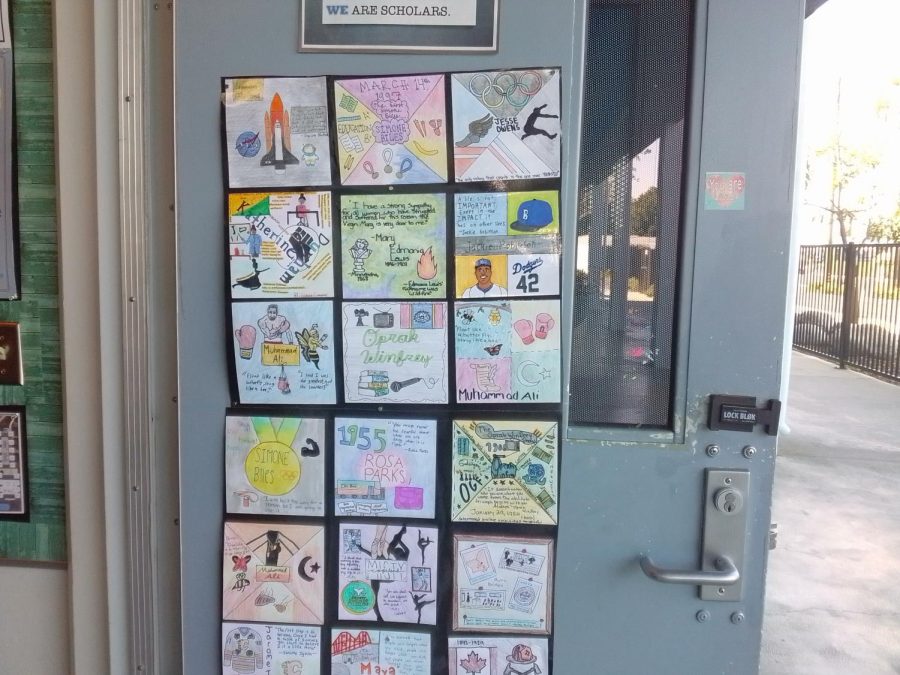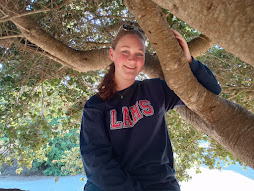Black History Month: Built By Those to Remember
Students’ Black History Month projects hanging on Ms. Bellendir’s classroom door.
March 8, 2022
Black History Month is not just to learn new things about African-American culture and identity, but to honor those who helped build up this important event for us to celebrate. This February, students from Ms. Bellendir’s history classes completed a project featuring a historical African-American figure who made an impact on the communities around them.
Seventh-grader Natalia Sandoval made her project on Mae Jemison, the first African-American female astronaut and the first African-American woman in the NASA training program. Born in 1956, Jemison was inspired by “Star Trek” actress Nichelle Nichols, who played Lieutenant Uhura. Jemison knew she wanted to study science since she was young, and her family encouraged her to pursue her dream. From experiencing racial discrimination in school, Jemison became president of the Black Student Union. She applied for the NASA training program in 1987 “and was one of the 15 people chosen out of over 2,000 applications,” according to the National Women’s History Museum. A fun fact about Jemison is that she was the first real astronaut to act, as she was in an episode of “Star Trek- Next Generation.” She played the part of Lieutenant Palmer in the episode titled “Second Chances.”
“There’s something in [Jemison] that I really like,” remarks Sandoval. “She’s not only a scientist that went to the moon, but she is way more than that. She is a person that likes books, loves to dance. She is so talented.”
Mady Mims, also a seventh-grader from Ms. Bellendir’s class, did her Black History Month project on Willie O’Ree, the first black player in the National Hockey League (NHL). Part of why he is so well-known is because he overcame an injury after a puck hit his left eye, losing his vision in that eye. Despite this challenge, O’Ree continued to play several hockey games, and he did not tell anyone about his blindness. According to Andscape, a website dedicated to Black history and culture, O’Ree “had to turn [his] head all the way around to the right [and] look over [his] right shoulder to pick the puck up.” Eventually, O’Ree left hockey behind because the NHL forbade half-blind players from participating in games. O’Ree currently lives in San Diego, CA, where he directs of Youth Development for the NHL, a non-profit organization that teaches youth how to play hockey.
“I picked Willie O’ree for my project because I am a very big fan of sports and I wanted to get a better perspective on him,” Mims shares. “I hope students will realize that no matter how different you look or act, everyone is equal.”
“I think it’s good to learn about this, not only about Black History Month but their accomplishments and why we are celebrating this month,” Sandoval comments.
Black History Month is a time to recognize the achievements and culture of the Black community. Yet, without people like Jemison, O’Ree and numerous others, there may have not been a Black History Month in the first place.


